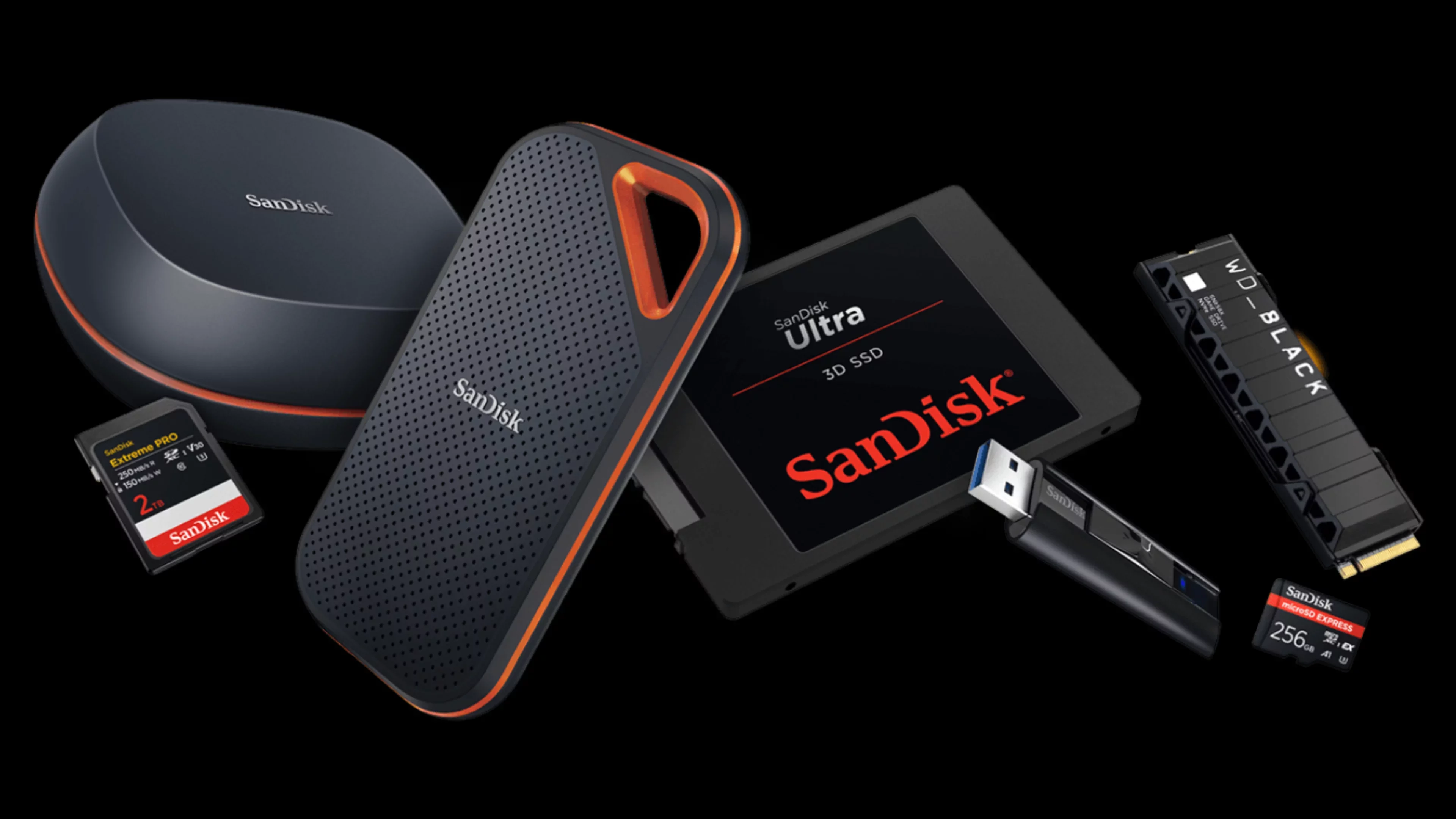
SanDisk's Reemergence in the SSD Market
A New Era for DIY Storage Solutions
The storage industry witnessed a landmark shift in early 2025 when Western Digital finalized its decision to spin off its flash memory and SSD division into an independent company, reviving the SanDisk brand. This move effectively reversed Western Digital’s 2016 acquisition of SanDisk, marking a new chapter for both companies. For DIY enthusiasts and tech-savvy consumers, this development signals exciting opportunities in SSD innovation, compatibility, and performance. This blog post explores the implications of SanDisk’s renewed independence and its potential to reshape the DIY storage landscape.
Historical Context
Western Digital and SanDisk’s Partnership
Western Digital (WD), a legacy hard disk drive (HDD) manufacturer, acquired SanDisk in 2016 for $19 billion to diversify into the growing solid-state storage market. At the time, SSDs were rapidly displacing HDDs in consumer and enterprise applications due to their speed, durability, and compact form factor. SanDisk’s expertise in NAND flash memory and SSDs complemented WD’s HDD dominance, creating a vertically integrated storage giant.
However, managing both HDD and SSD businesses under one umbrella proved challenging. While WD leveraged SanDisk’s technology to develop products like the WD Blue SN550 and Black SN850 SSDs, internal conflicts over resource allocation and R&D priorities hindered agility in the fast-evolving flash storage market. By 2023, declining flash memory sales and operational inefficiencies prompted WD to reconsider its structure, ultimately leading to the 2025 spin-off.
The Strategic Spin-Off
Why SanDisk Regained Independence
Market Specialization
The split allows both companies to focus on their core competencies. Western Digital retains its HDD business, which remains critical for high-capacity storage in data centers. Meanwhile, SanDisk operates as a pure-play flash storage innovator, prioritizing advancements in 3D NAND, PCIe 5.0 SSDs, and embedded solutions for AI and IoT devices.
Accelerated Innovation
As an independent entity, SanDisk can now streamline its R&D efforts. Early reports highlight its renewed focus on cutting-edge technologies like quad-level cell (QLC) NAND and computational storage drives (CSDs), which integrate processing power directly into SSDs. These innovations are particularly relevant for DIY builders seeking high-performance, future-proof storage solutions.
Competitive Positioning
The spin-off enables SanDisk to compete more aggressively against rivals like Samsung and SK Hynix. Freed from WD’s corporate structure, SanDisk has already announced partnerships with gaming console manufacturers and hyperscale cloud providers, signaling its intent to reclaim market share in consumer and enterprise segments.
Impact on the DIY SSD Market
Product Diversification
SanDisk’s revived autonomy is expected to generate a broader product lineup tailored to niche markets. Enthusiasts can anticipate specialized SSDs for gaming rigs, content creation workstations, and home lab servers. Early leaks suggest a forthcoming “SanDisk Ultra Pro” line with customizable firmware for overclocking and endurance tuning—a boon for DIYers.
Enhanced Compatibility
With full control over its supply chain, SanDisk plans to expand support for open-source standards like NVMe 2.0 and Zoned Namespaces (ZNS). This aligns with the DIY community’s preference for modular, cross-compatible hardware. Additionally, SanDisk’s collaboration with Kioxia ensures access to advanced 162-layer BiCS FLASH memory, which improves performance in high-density storage configurations.
Pricing and Availability
We predict that SanDisk’s independence will intensify price competition in the SSD market. By eliminating redundancies in WD’s operations, SanDisk can reduce manufacturing costs and pass savings to consumers. This is particularly advantageous for budget-conscious builders looking to upgrade older systems with affordable NVMe drives.
What This Means for Tech-Savvy Consumers
For SSD enthusiasts, SanDisk’s spin-off translates to:
Greater Customization: Open-channel SSDs that allow users to tweak latency and error correction settings.
Improved Longevity: Advances in 3D NAND technology extending SSD lifespans beyond current 5–10 year averages.
Ecosystem Integration: Tighter compatibility with open-source tools like Linux’s libnvme and Windows Storage Spaces.
While SanDisk’s consumer-grade SSDs will remain a staple, its renewed focus on enterprise-grade solutions—such as E1.S form-factor drives for compact servers—will trickle down benefits to prosumers and homelab operators.
Conclusion
SanDisk’s separation from Western Digital represents a strategic reset for both companies and the storage industry at large. For DIY enthusiasts, the revitalized SanDisk brand promises faster innovation, competitive pricing, and hardware tailored to bleeding-edge applications. As the company rolls out its post-spin-off product roadmap, builders can look forward to SSDs that push the boundaries of speed, durability, and customization—all critical factors for high-performance computing and storage upgrades.
Works Cited
“Sandisk Reemerges as Western Digital Completes Split.” CRN, www.crn.com/news/storage/2025/western-digital-splits-in-two-as-sandisk-reemerges.
“Western Digital To Spin-Off Flash Memory Business To Shareholders.” Forbes, www.forbes.com/sites/joecornell/2023/11/09/western-digital-to-spin-off-flash-memory-business-to-shareholders.
“Western Digital Officially Closes SanDisk Acquisition.” The Verge, www.theverge.com/2016/5/12/11662018/western-digital-sandisk-deal-complete.